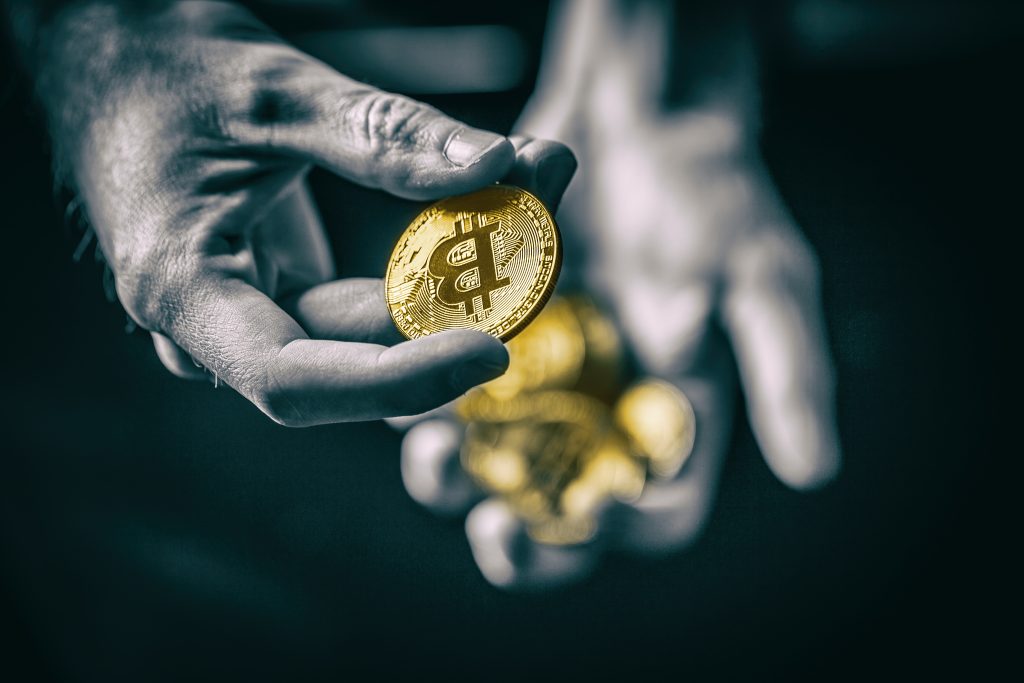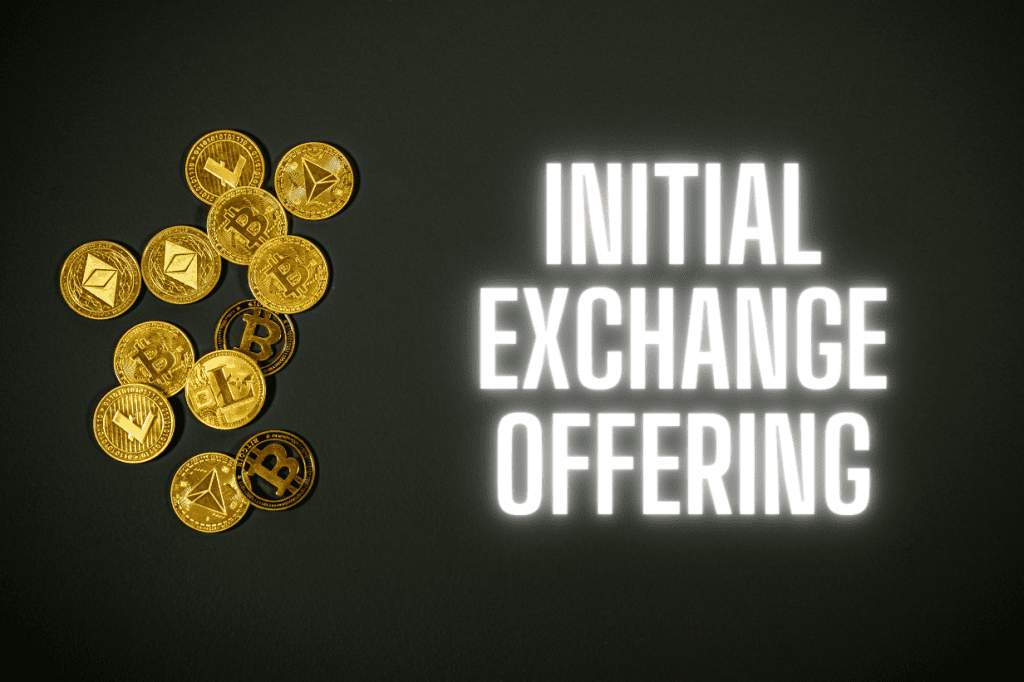In the ever-evolving world of cryptocurrencies, the need for secure and streamlined methods for fundraising has become increasingly important. Initial Coin Offerings (ICOs) were a popular way for startups to raise funds in the past, but they were plagued by scams and regulatory concerns. In response, the Initial Exchange Offering (IEO) emerged as a safer alternative for both investors and project creators. In this article, we’ll explore the concept of IEOs, how they work, and compare them with ICOs to help you better understand the differences between the two.
What is an IEO?
An Initial Exchange Offering (IEO) is a fundraising event where a cryptocurrency project sells its tokens through a trusted and established exchange platform. The exchange acts as an intermediary between the project and investors, providing a more secure and transparent environment for token sales.
During an IEO, investors purchase the project’s tokens using the funds in their exchange wallets. Unlike ICOs, where investors send funds directly to the project creators, the exchange holds and manages the funds during the token sale. This process helps reduce the risk of fraud and ensures that the project is more credible and legitimate.
The exchange platform also carries out due diligence on the project before allowing it to conduct an Initial Exchange Offerings. This involves examining the project’s whitepaper, the team behind it, the technology it’s built on, and other factors that contribute to its potential success. By participating in an IEO, investors benefit from the added security and credibility provided by the exchange.
How does an Initial Exchange Offering work?


An Initial Exchange Offering goes through several stages, from the initial agreement between the project and the exchange to the token sale and distribution. Here’s an overview of the IEO process:
- Project Selection: The exchange selects a project that it deems worthy of conducting an IEO. This involves reviewing the project’s whitepaper, team, technology, and overall potential.
- Agreement: The project and the exchange enter into an agreement, outlining the terms and conditions of the IEO, including the token sale price, hard cap, soft cap, and token allocation.
- KYC/AML Compliance: The exchange takes responsibility for ensuring that the project complies with Know Your Customer (KYC) and Anti-Money Laundering (AML) regulations. This typically involves verifying the identities of the project team members and ensuring that the investors are eligible to participate in the token sale.
- Marketing Campaign: The project and the exchange collaborate on a marketing campaign to raise awareness about the IEO and attract potential investors.
- Token Sale: The IEO takes place on the exchange platform, where investors can purchase the project’s tokens using funds in their exchange wallets.
- Token Distribution: After the token sale is completed, the tokens are distributed to the investors’ exchange wallets. The funds raised during the IEO are released to the project creators.
- Token Listing: As part of the agreement, the exchange lists the project’s tokens for trading, allowing investors to buy, sell, or trade them on the open market.
IEO vs ICO
IEOs and ICOs are similar in that they both involve the sale of tokens to raise funds for a project. However, the key difference lies in the level of trust and security they offer. IEOs are conducted on reputable exchange platforms that rigorously vet the projects before launching, reducing the risk of scams and fraudulent activities that were prevalent during the ICO boom.
| Feature | IEO | ICO |
|---|---|---|
| Intermediary | Trusted cryptocurrency exchange | No intermediary |
| Token Sale Platform | Exchange platform | Project’s website or platform |
| Investor Protection | Due diligence performed by the exchange | No standard due diligence process |
| Token Listing | Guaranteed listing on the exchange | No guaranteed listing |
| Regulatory Compliance | Exchange handles KYC/AML procedures | Project handles KYC/AML procedures (if at all) |
| Trust and Credibility | High, due to exchange’s involvement | Varies, as ICOs have a history of scams |
| Accessibility | Limited to exchange’s existing users | Open to the public |
As evident in the table, IEOs provide a more secure and trustworthy environment for fundraising compared to ICOs. By involving a trusted exchange, Initial Exchange Offerings offer better investor protection, regulatory compliance, and guaranteed token listings. While ICOs have been marred by a history of scams and regulatory concerns, IEOs have emerged as a more reliable alternative for both investors and project creators.
Advantages of Initial Exchange Offerings
- Enhanced Credibility: The involvement of a reputable exchange in the fundraising process instills confidence in investors, as the exchange conducts due diligence on the project.
- Increased Security: The exchange acts as an intermediary, managing the funds during the token sale, which reduces the risk of fraud and scams.
- Guaranteed Token Listing: Projects conducting IEOs have assurance that their tokens will be listed on the exchange, providing liquidity and trading opportunities for investors.
- Streamlined Process: The exchange handles many aspects of the IEO, including token sales, distribution, and regulatory compliance, allowing the project team to focus on development and growth.
- Targeted Marketing: Leveraging the exchange’s existing user base for marketing the IEO can attract more investors and increase the project’s visibility.
Disadvantages of Initial Exchange Offerings
- Limited Accessibility: Limiting IEOs to users of the exchange platform potentially excludes interested investors who are not part of the exchange’s user base.
- Exchange Fees: Projects conducting an IEO may have to pay fees to the exchange, which can be costly, especially for smaller projects with limited budgets.
- Centralization: The involvement of a centralized exchange like Binance in the fundraising process may not align with the decentralized ethos of some projects and the cryptocurrency community.
- Risk of Exchange Hacks: Hacking an exchange or experiencing technical issues during the IEO could impact the token sale and harm the project’s reputation.
- Control Over Fundraising: The project may have limited control over the terms and conditions of the IEO, as the exchange may dictate certain aspects of the token sale.
How is an Initial Exchange Offering organized?
Several steps and close collaboration between the project team and the exchange are involved in organizing an Initial Exchange Offering. The process starts when the project applies to an exchange to host their IEO. Once selected, the project and the exchange collaborate to prepare for the token sale, which includes negotiating terms, complying with regulatory requirements, and developing a marketing strategy. When the preparations are complete, the exchange platform launches the token sale, allowing investors to participate in the IEO. Finally, the tokens are distributed, and the project obtains the funds raised.
How to participate in an Initial Exchange Offering?
- Research the project: Before participating in an IEO, conduct thorough research on the project, including its team, technology, whitepaper, and potential market opportunities.
- Select the right exchange: Choose a reputable exchange that is hosting the IEO. It is essential to ensure that the exchange is trustworthy and secure.
- Create an account: Sign up for an account on the selected exchange if you do not already have one. This may require providing personal information and completing a KYC/AML verification process.
- Fund your account: Deposit the required funds into your exchange wallet. IEOs typically accept popular cryptocurrencies like Bitcoin (BTC) or Ether (ETH) for payment.
- Stay informed: Keep up-to-date with the IEO details, including the launch date, token price, and terms of participation.
- Participate in the IEO: When the IEO starts, follow the instructions on the exchange platform to purchase the project’s tokens.
- Receive tokens: Upon completion of the token sale, investors receive the tokens in their exchange wallet, typically within a specified timeframe.
Why blockchain projects do an IEO
Blockchain projects may choose to conduct an IEO for several reasons:
- Credibility: Projects that partner with a reputable exchange enhance their credibility, demonstrating that they have been vetted and deemed worthy of an IEO.
- Access to a wider investor base: By hosting an IEO on an established exchange, projects can tap into the exchange’s existing user base, potentially attracting more investors.
- Guaranteed token listing: As part of the IEO agreement, the exchange commits to listing the project’s tokens, ensuring liquidity and trading opportunities for investors post-IEO.
- Reduced risk of scams: The involvement of an exchange in the fundraising process reduces the likelihood of fraudulent activities and provides a more secure environment for investors.
- Streamlined fundraising process: By outsourcing various aspects of the token sale, such as marketing, token distribution, and regulatory compliance, the project team can focus on development and growth.
The Risks and opportunities of an IEO
While IEOs offer favorable investment opportunities, they also come with risks. It is possible that the project may not deliver on its promises, affecting the token’s value. However, being able to buy tokens early and knowing they will be listed on a reputable exchange provides some level of assurance to investors.
Risks
- Project failure: Despite thorough vetting, some projects may still fail to deliver on their promises or meet their goals.
- Liquidity issues: After the IEO, there may be insufficient trading volume for the token, leading to liquidity problems.
- Regulatory risks: Changing regulations in the cryptocurrency space may impact the project or the exchange, affecting the IEO and its participants.
- Exchange-related risks: The exchange hosting the IEO may face security breaches, downtime, or other issues that could impact the IEO and participants.
- Price volatility: The value of the project’s token may experience significant volatility, leading to potential losses for investors.
Opportunities
- Early access to promising projects: IEOs provide investors with an opportunity to support and invest in projects in their early stages, potentially leading to significant returns.
- Reduced risk of scams: Hosting IEOs on a reputable exchange offers a more secure investment environment compared to ICOs.
- Liquidity and trading: The IEO agreement includes listing the tokens on the exchange, which provides liquidity and trading opportunities for investors.
Conclusion
Initial Exchange Offerings (IEOs) have emerged as a popular fundraising method for blockchain projects, providing several advantages over traditional Initial Coin Offerings (ICOs). With the backing of reputable exchanges, IEOs offer increased credibility, regulatory compliance, and access to a wider investor base. However, there are also risks associated with IEOs, such as project failure and liquidity issues. Investors should conduct thorough research, evaluate the hosting exchange, and follow best practices to mitigate risks and make informed decisions when participating in IEOs.









